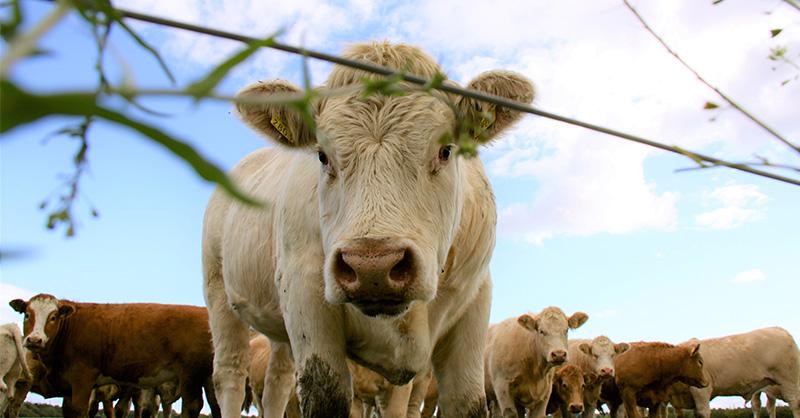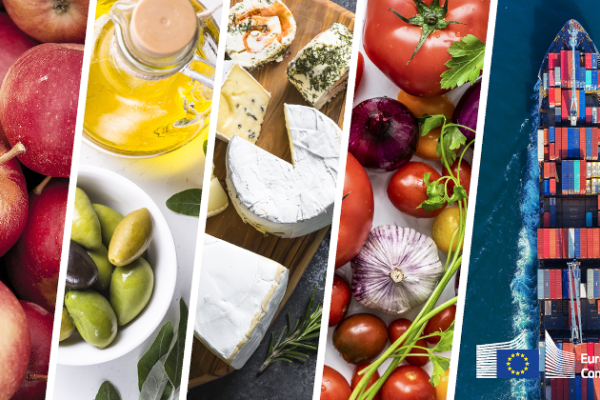
Today, the European Commission published a study examining how the Common Agricultural Policy (CAP) 2014-20 contributed to improving animal welfare and reducing antimicrobial use. The study provides a snapshot of the situation regarding animal welfare and use of antimicrobials throughout the EU, as well as recommendations to better assess the future achievements of the CAP 2023-27 in that regard. Improving animal welfare and combatting antimicrobial resistance are included in one of the ten objectives of the new CAP, “responding to societal demands on food & health”.
CAP instruments and measures have the ability to contribute to animal welfare and antimicrobial use reduction. In most of the regions/Member States studied, animal welfare and antimicrobial use were mostly addressed through rural development measures. They proved to be most effective when combining investments in better housing conditions, feeding, and health management. For example, by increasing awareness among farmers via advisory services, commitments and training. In most Member States/regions studied, cross-compliance through requirements of the EU legislation on animal welfare and food law was effective in influencing farmers’ practices.
Pressure from civil society can also lead farmers and managing authorities to support changes in practices. For example, marketing standards for egg production set at EU level influenced consumer demand and production choices by requiring mandatory labelling of eggs according to the production systems and housing conditions of laying hens.
As a whole, the CAP appears to have helped improve animal welfare locally, in specific sectors and/or Member States and regions, depending on the implementation choices. However, it remains difficult to assess the actual changes in practices driven by CAP instruments, since we lack indicators to document progress made in implementing certain measures, or their corresponding effects.
This leads to a number of recommendations for the next CAP. The main recommendation is for Member States to implement more widespread measures targeting animal welfare. A common EU methodology to document best animal welfare practices to implement on-farm, with relevant targets, should be developed.
The study suggests providing a comprehensive overview of the number of animals concerned by different types of interventions addressing animal welfare and antimicrobial use at national level. To properly assess the effects of the CAP, the data should distinguish between the different sectors concerned (e.g. cattle, sheep/goats, pigs, poultry, rabbits) and use the number of animals rather than the number of livestock units. Advisory services should also be encouraged as they have proven to be effective in raising farmers’ technical knowledge on best animal welfare practices.
Another recommendation is to explore the extension of mandatory labelling to other animal-husbandry sectors, by mentioning production systems or housing conditions on the label, similar to the current marketing standards for eggs.
Finally, the study suggests a methodology to find indicators to assess the level of ambition of the targets on animal welfare proposed in the CAP Strategic Plans. It also sets quantified targets on antimicrobial use reflecting the efforts each Member State must undertake to comply with the Farm-to-Fork strategy to reduce, at EU level, sales of antimicrobials for farmed animals by 50% by 2030.
The study was carried out by a consortium taking into account the 2014-20 programming period. It relies on information collected from 11 case studies throughout the EU and multiple interviews with key stakeholders, as well as extensive data analysis and literature review.
Related links
Details
- Publication date
- 11 May 2022
- Author
- Directorate-General for Agriculture and Rural Development




